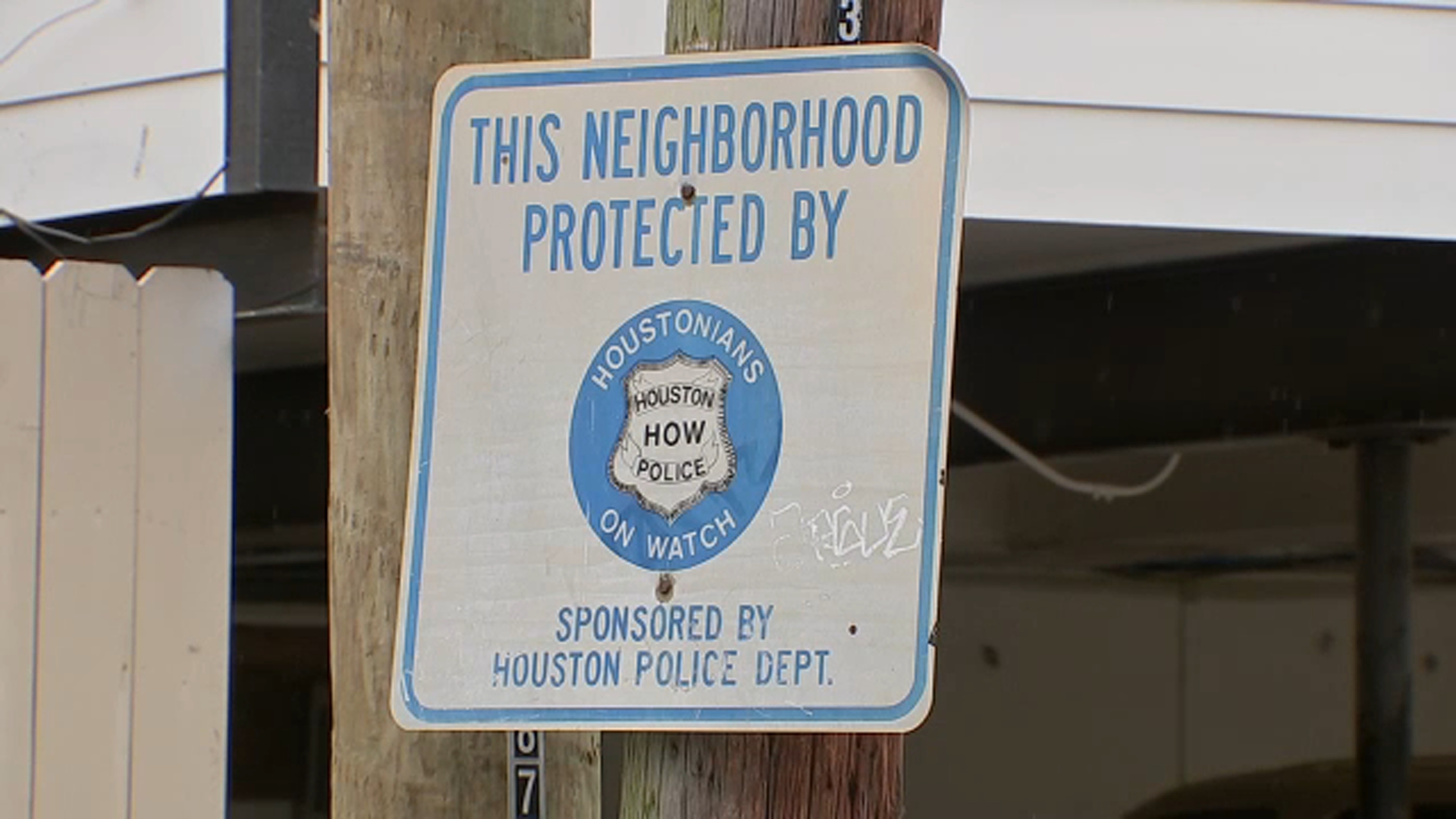Tightening federal law gives tribes more power for Indigenous items to be returned to communities

The push for museums, universities, and federal agencies to return Indigenous remains and sacred belongings is getting stronger as federal regulations have further tightened the rules around how these items can be displayed, giving more legal power to Indigenous tribes.
The Native American Graves Protection and Repatriation Act (NAGPRA) is a federal law created in 1990. It states that organizations that receive federal funding and possess remains of ancestors and sacred belongings must catalog, identify, and repatriate or return them to their rightful and ancestral owners.
"Anyone can imagine how they would feel if their relatives were being held in an institution and their bones were being pulverized due to radio-carbon testing," Ray Halbritter, the leader of the Oneida Indian Nation in New York, said.
Since its implementation more than thirty years ago, repatriation has been slow-moving. But thanks to tightening restrictions implemented in January, tribes have more legal power to stop the display of ancestors or sacred belongings without their approval. This forced museums across the country to adjust their exhibits to stay in compliance.
It also gave more power to Indigenous communities in identifying ancestors and set a five-year deadline for museums, universities, and federal agencies to definitively identify remains and update inventories.
"Out of an abundance of caution, we decided to de-install or remove a rattle that might have specific meaning in ceremonial context," said Dr. Dirk Van Tuerenhout, the curator of anthropology at the Houston Museum of Natural Science.
Dr. Van Tuerenhout says a pair of woven sandals were also removed out of caution, leaving an open space in the middle of the display.
HMNS' John P. McGovern Hall of The Americas explores Indigenous peoples' diverse and dense history from the Arctic to South America.
According to data from ABC News' owned & operated station WLS in Chicago, there are currently 496 museums or federal agencies across the country that have possession of 90,169 ancestral remains and 708, 279 associated funerary objects that are still pending identification and are not available for repatriation.
"We know that museums, agencies, and universities have identified 128-thousand ancestral remains in their collections," said Maggie Green, data journalist at WLS.
According to data gathered from the Federal Register by Green, these are the Houston-area entities with an inventory: Houston Museum of Natural Science with 26 ancestors, Rice University with five ancestors and 11 funerary objects, and the Army Corps of Engineers - Galveston District with 13 ancestors and 24 funerary items.
The National Park Service defines funerary object as any object reasonably believed to have been placed intentionally with or near human remains.
Dr. Van Tuerenhout estimates the museum currently possesses at least 70 ancestors and sacred belongings - explaining that in the years since their initial NAGPRA review was completed, their staff has discovered additional remains that they are working to return.
ABC13 reached out to Rice University regarding the status of the items listed in the Federal Register, which states the 11 funerary belongings in their possession are currently missing and the university is seeking to find them.
This is the university's response: "Last year, in compliance with the Native American Graves Protection and Repatriation Act, Rice returned the human remains of five Native American individuals to the Tonkawa Tribe of Indians of Oklahoma. Concerning the artifacts referenced in the National Archives and Records Administration Federal Register, we have no record of ever possessing these items."
When explicitly asked about the status of the missing items, the university said it could not provide further details.
As for the Army Corps of Engineers - Galveston District, ABC13 made multiple attempts to get a response and has yet to hear back.
Regarding the process of identification, it cannot utilize DNA testing, which is a controversial method among Indigenous communities who say it desecrates the remains of their ancestors.
In some cases, this leaves only a paper trail to find clues about where the ancestors or remains were taken from and how to take steps to return them.
"In the last 20 years, we've returned about 90 of our ancestors back to us," Halbritter said. "Through sacred ceremonies and spiritual ceremonies not open to the public, we've returned them to their resting place. Their home."
Dr. Van Tuerenhout says their office regularly sends letters to various tribes trying to find a possible match.
These letters could lead to more conversations or a visit to the museum to examine the ancestors or belongings in question.
Its work, he says, is essential to HMNS for one reason.
"Well, it's the right thing to do. So, there is the answer," he said. "These belongings do not belong to us."
For news updates, follow Charly Edsitty on Facebook, X and Instagram.











